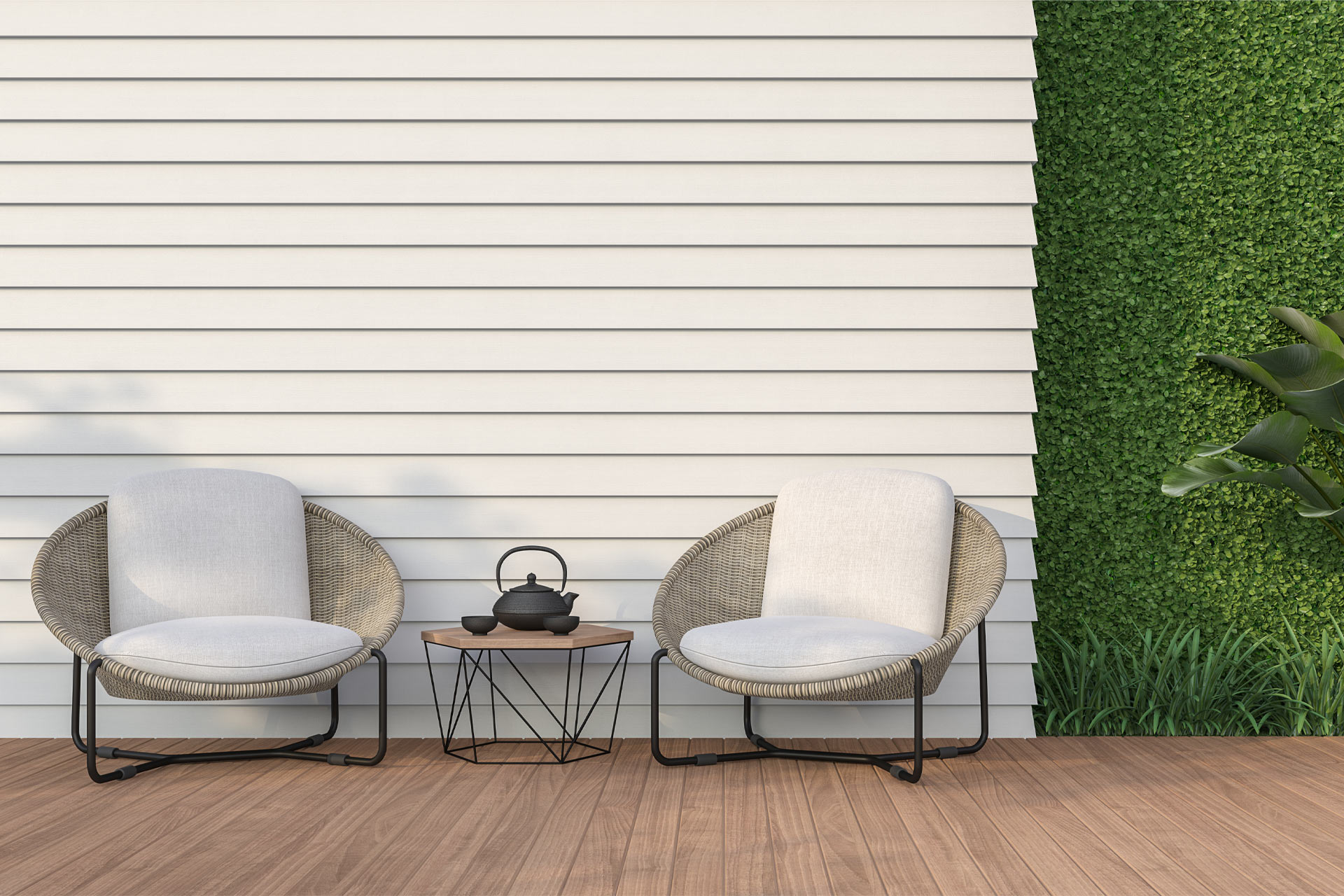Xactly Interior Paint
Description
Product features
- Hard-wearing, tough finish – even on floors
- Perfect for all interior wood
- Touch-dry in just 20 minutes
- Long-lasting colour and protection
- Low odour and VOCs
How much paint do I need?
Measure your area precisely, drop the numbers into this smart calculator and it will tell you straight away how many litres you'll need to complete your project.

It will take you roughly 2-3 hours to do the DIY That's the same as doing the weekly food shop at peak time on a Saturday morning.
How much stain do I need?
Measure your area precisely, drop the numbers into this smart calculator and it will tell you straight away how many litres you'll need to complete your project.

How do the colours look?
Use on...
Make sure the room is above 10 degrees and well ventilated. If your project is a floor, make sure you remove all the furniture from the room before you start.
Bare wood
Lightly sand the wood to give it an even finish. Use 120 grit sandpaper and sand in the direction of the woodgrain. Remember to wear a facemask. Clean up dust and wipe down with a damp cloth. Fill any holes or cracks with our Wood Filler.
Previously painted wood
If your previously painted wood is in good condition, then you'll need to give it a sand using 120 grit sandpaper, making sure there is no loose or flaking paint. Use 120 grit sandpaper and sand in the direction of the woodgrain. Make sure you wear a facemask and wipe down the wood with a damp cloth. Fill any holes or cracks with our Wood Filler. Special precautions should be taken during surface preparation of pre-1960s paint surfaces over wood as they may contain harmful lead.
Previously stained wood
Give the wood a good sand with 120 grit sandpaper, making sure there are no loose or flaking coatings. Remember to wear a facemask. Clean up any dust and wipe down with a damp cloth.
Give the tin a really good stir. Check you're happy with the colour by finding a small patch of wood to try it on. Brush it on with a synthetic brush or pad in the direction of the woodgrain.
You'll need to put on 2 coats (3 coats on floors). Leave 2 hours between each coat. Give the surface a light sand with 240 grit sandpaper and wipe away any dust with a damp cloth before putting on the last coat.
If you're painting a floor, you'll be able to walk on the floor in 8 hours. Leave 24 hours before bringing the furniture back in and be careful not to scrape on the floor. After 72 hours it'll be tough enough to stand up to all of the everyday knocks and scuffs.
Take as much of the coating off your brush or pad as you can and then wash in warm, soapy water.
Don't empty any left over product into drains or watercourses. Your local authority may have special ways to get rid of waste coastings.
Make sure the room is above 10 degrees and well ventilated. If your project is a floor, make sure you remove all the furniture from the room before you start.
Bare wood
Lightly sand the wood to give it an even finish. Use 120 grit sandpaper and sand in the direction of the woodgrain. Remember to wear a facemask. Clean up dust and wipe down with a damp cloth. Fill any holes or cracks with our Wood Filler.
Previously painted wood
You'll need to sand back to bare wood. Use 120 grit sandpaper and sand in the direction of the woodgrain. Make sure you wear a facemask and wipe down the wood with a damp cloth. Fill any holes or cracks with our Wood Filler. Special precautions should be taken during surface preparations of pre-1960s paint surfaces over wood as they may contain harmful lead.
Previously stained wood
Give the wood a good sand with 120 grit sandpaper, making sure there are no loose or flaking coatings. Remember to wear a facemask. Clean up any dust and wipe down with a damp cloth.
Give the tin a really good stir. Check you're happy with the colour by finding a small patch of wood to try it on. Covering a dark stain with a lighter colour may not give you the colour you are expecting.
Brush it on with a synthetic brush or pad in the direction of the woodgrain. You'll need to put on 2 coats (3 coats on floors). Leave 2 hours between each coat. Give the surface a light sand with 240 grit sandpaper and wipe away any dust with a damp cloth before putting on the last coat.
If you're painting a floor, you'll be able to walk on the floor in 8 hours. Leave 24 hours before bringing the furniture bacnk in and be careful not to scrape on the floor. After 72 hours it'll be tough enough to stand up to all of the everyday knocks and scuffs.
Take as much of the coating off your brush or pad as you can and then wash in warm, soapy water. Don't empty any left over product into drains or watercourses. Your local authority may have special ways to get rid of waste coastings.


